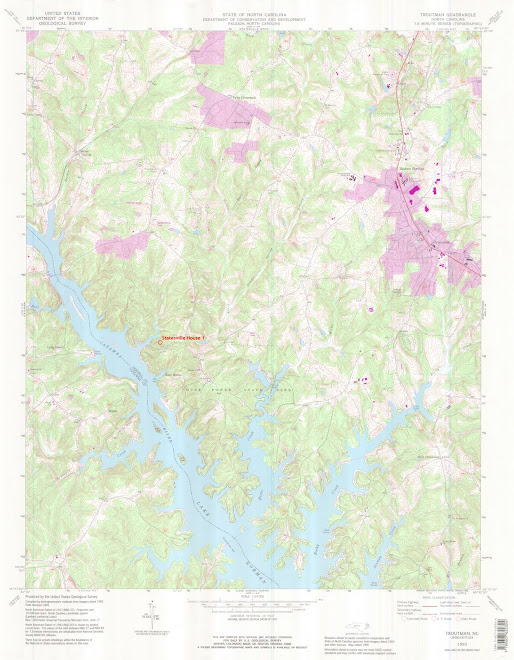Hello Everyone,
There are several ways to start designing an environmentally sustainable house so do not feel you have to do everything I say in the order I say it.
In terms of energy usage, houses are envelope dominated building. Larger buildings, like high-rises, are internal load dominated buildings. Energy demands for houses are dictated predominately by the envelope, which includes heating, cooling and lighting. Energy demands for high-rises are dictated predominately by internal loads, which includes HVAC fan energy, electric lighting, equipment and more. What you need to do is design a house that has an envelope that minimizes energy demands. Granted, there are additional issues that need to be addressed to design an environmentally sustainable house; however, none are more important than the energy performance of the envelope. (I will avoid this opportunity to go on a rant about carbon footprints, fossil fuel based energy, and global warming.)
If you are getting a head of me you are asking yourself, "What are the issues that need to be addressed in designing the envelope?"
A good place to start is to go to, http://www2.aud.ucla.edu/energy-design-tools/ and download the application, Climate Consultant 3. You will also need to download climate data files from a different site, which is linked to the web page.
To save time I have posted the chart you need in the LIH folder on the CoA server. Look for, “Climate Consultant 3 Psychrometric Chart”. Under the heading, “Design Strategies: January through December” you will find thirteen strategies for maintaining thermal comfort and the percentage of the year each will maintain thermal comfort without assistance. For example, number 8 is, Passive Solar Direct Gain [heating with] Low Mass, which will meet the heating loads for 12.0% of the year. Number 13 is, Conventional Heating, which is required for 40.3% of the year. What the chart does NOT make clear is, passive solar direct gains heating with low mass can be used in conjunction with conventional heating to offset the amount of conventional heating needed.
As you can see from the chart, there are several viable heating and cooling strategies that do not require fossil fuel based energy (natural gas and electricity from coal fired power plants). All you have to do is design an envelope that provides sun shading and direct gains, as well as natural ventilation and wind protection.
Enough for now, I need to head home.
More tomorrow,
Thomas
Wednesday, June 4, 2008
Subscribe to:
Post Comments (Atom)


No comments:
Post a Comment